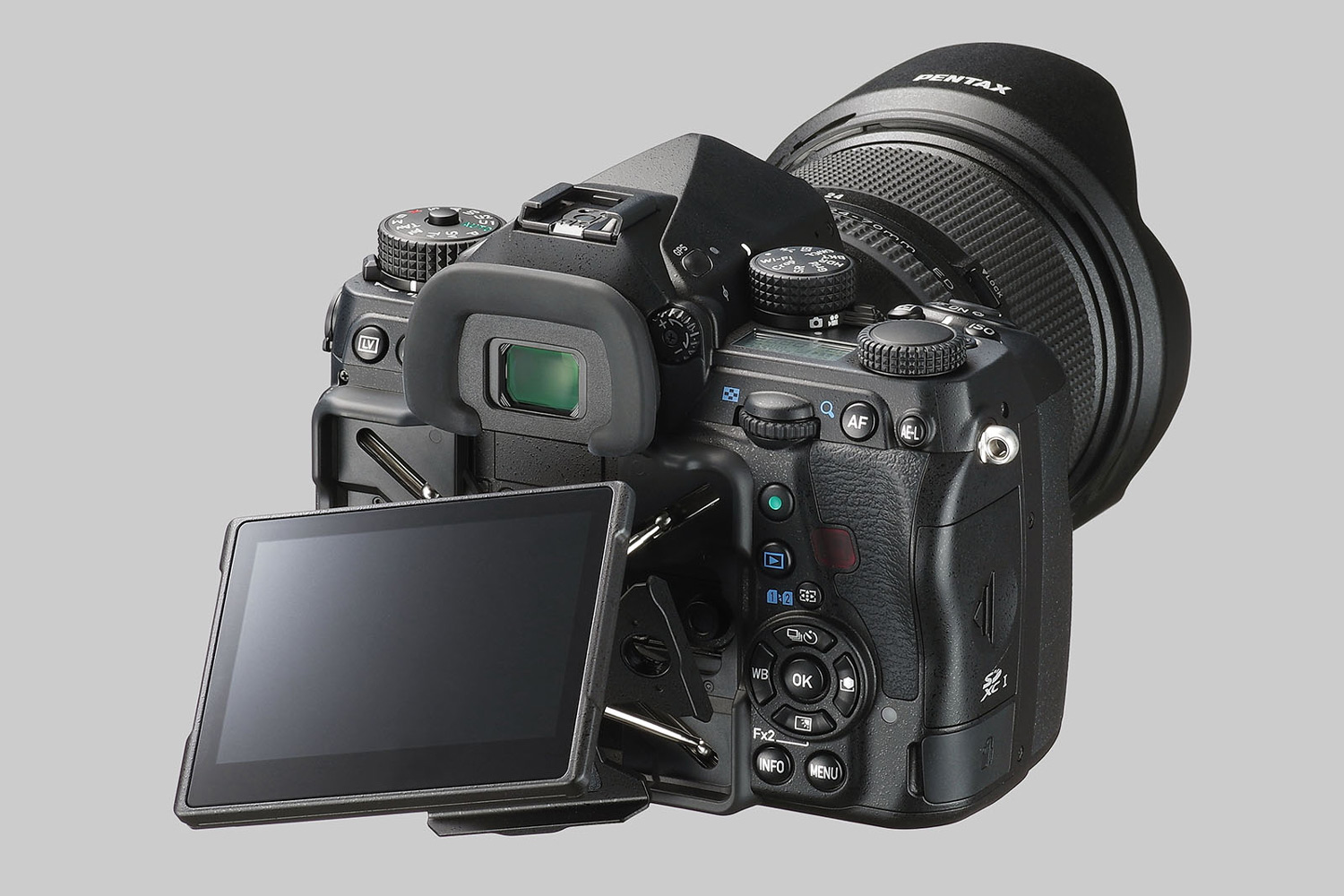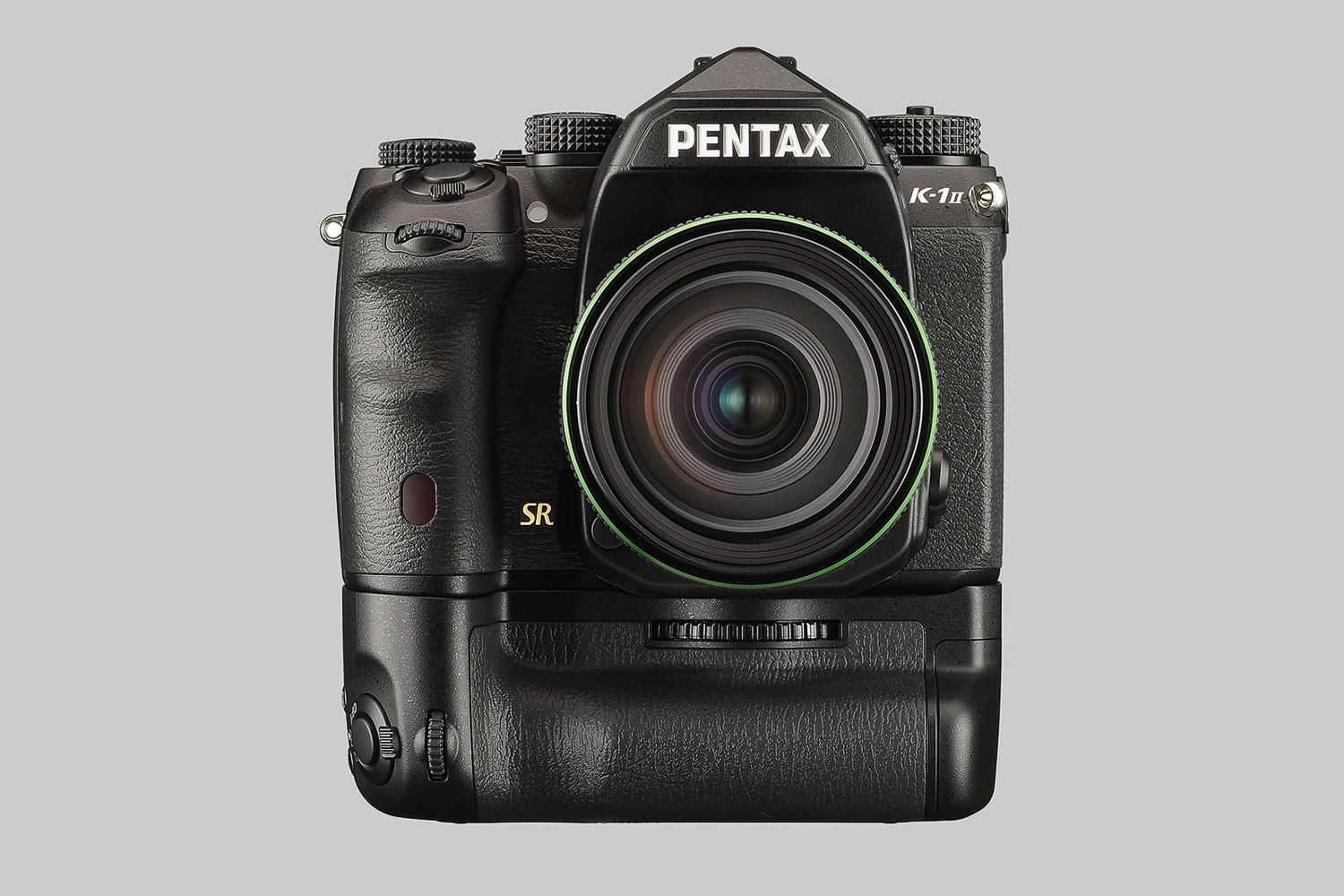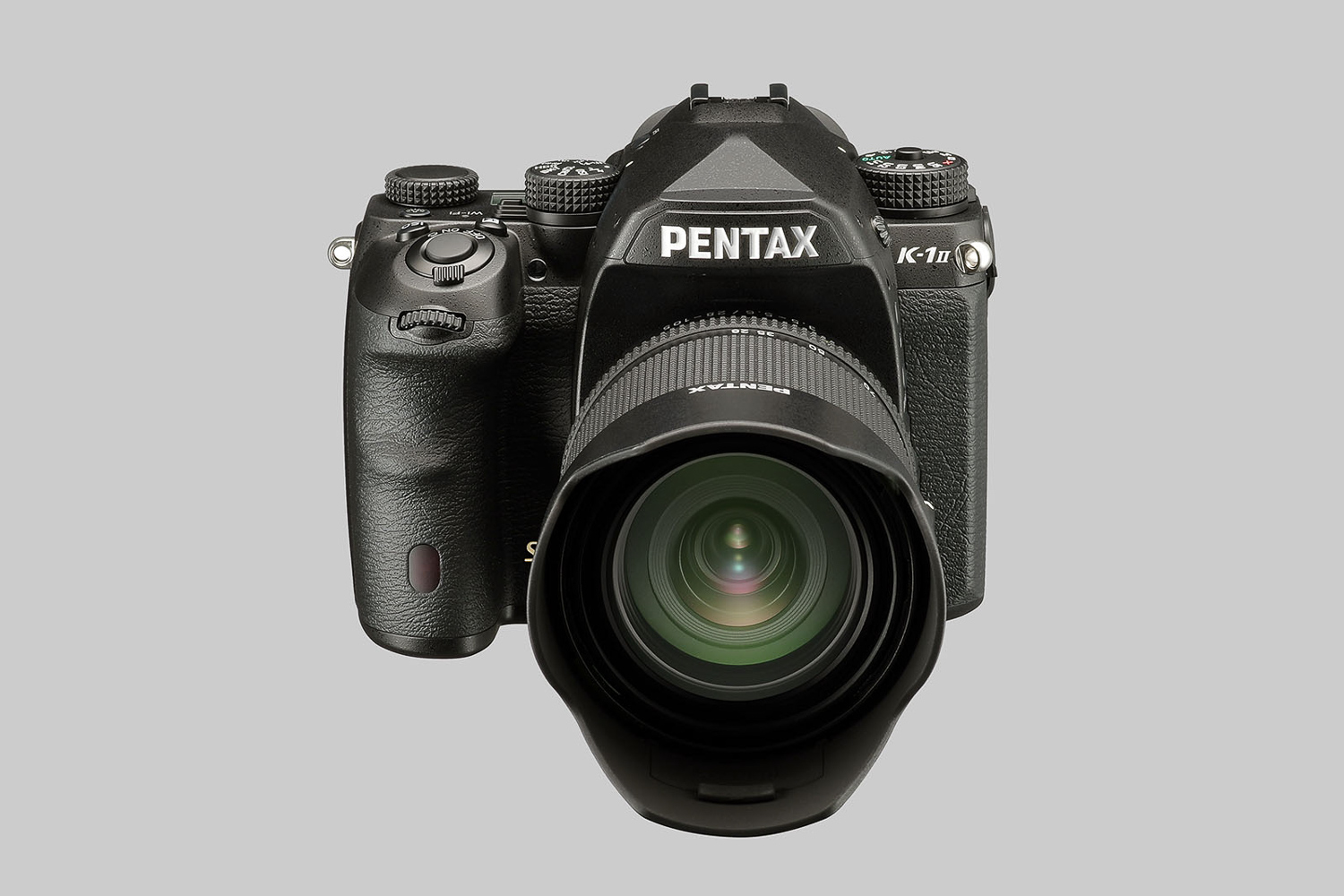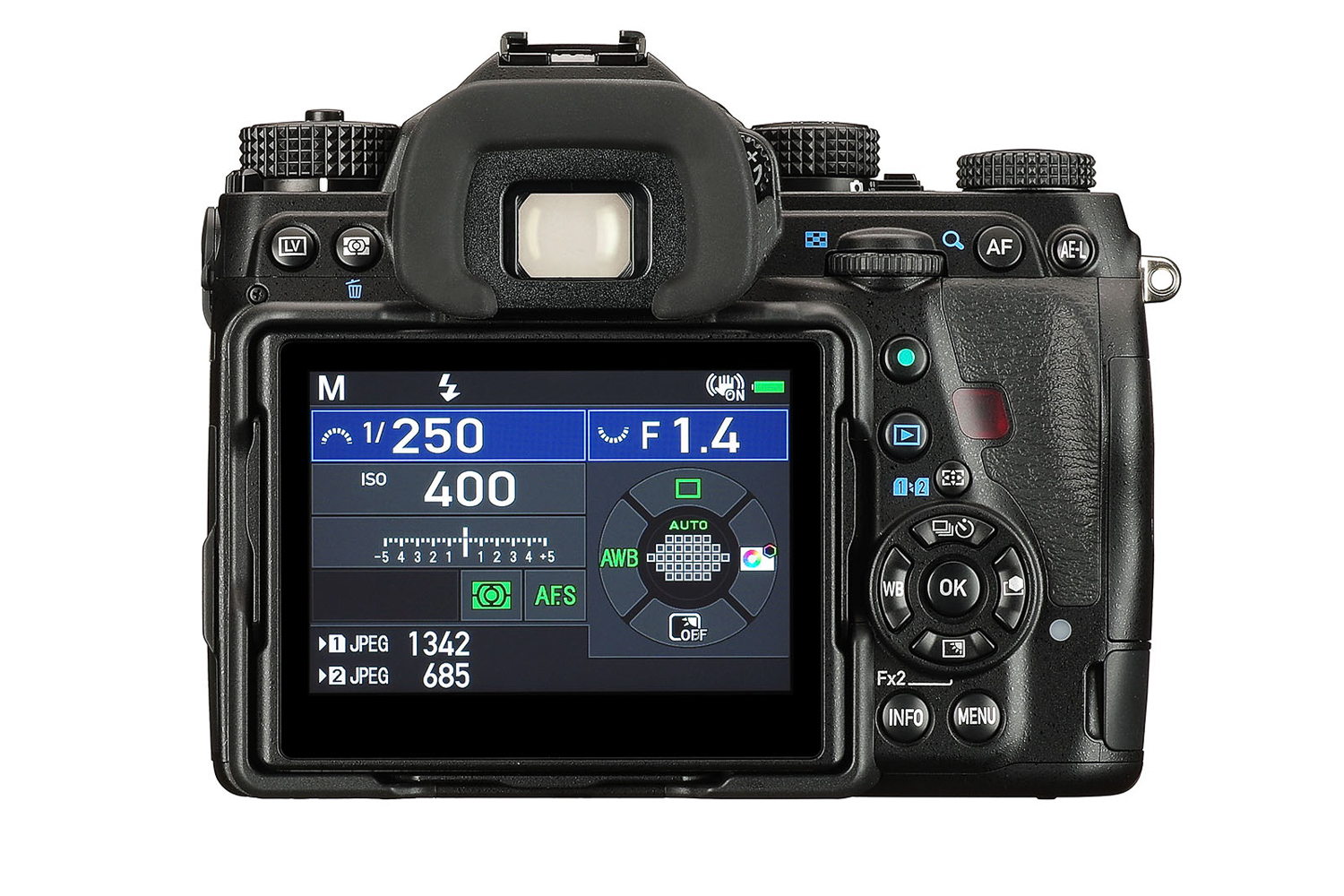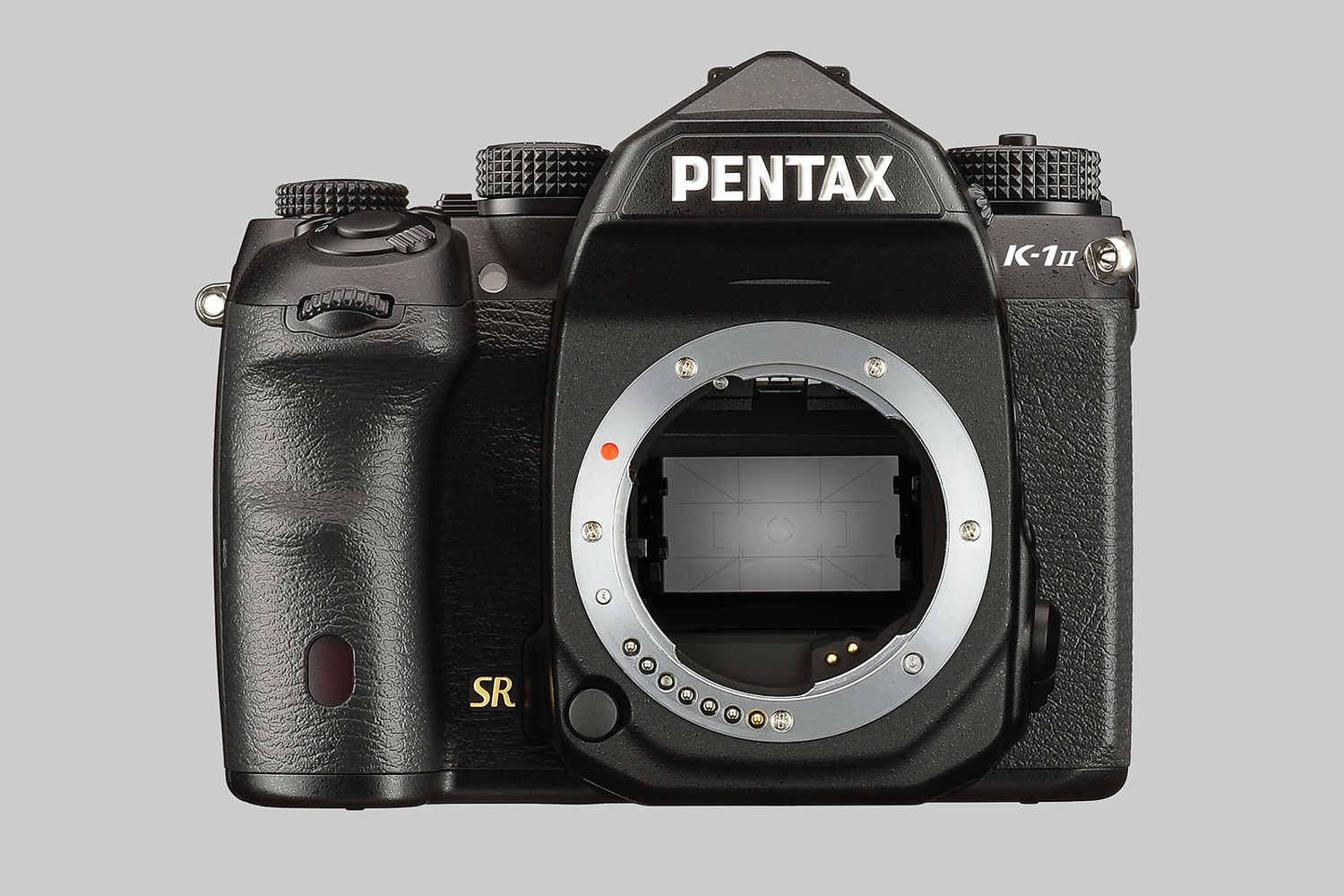Update: read our Pentax K-1 Mark II review for our complete take on the new camera.
Pentax’s full-frame DSLR is back for an encore — on Wednesday, Feb. 21, Ricoh announced the Pentax K-1 Mark II, the successor to the company’s first full-frame DSLR. The Mark II is still built around the same 36.4-megapixel full-frame sensor, but uses a new accelerator unit that works in concert with the Prime IV processor to improve image quality. The camera also sees the signature Pixel Shift Resolution system expanded and gets a new automatic mode that uses artificial intelligence for better results.
As with the K1, the sensor foregoes an antialiasing filter for improved sharpness, while the new accelerator unit “optimizes the image data” from the sensor before sending it to the processor. This, Pentax claims, keeps noise levels lower for improved resolution at all ISOs — all the way to 819,200. Image processing has also been updated for better color, with a focus on “deep blues and lively greens,” according to the press release.
The Pixel Shift Resolution mode was one of the highlights of the original K1, and now it’s even better. It still takes four images, shifting the sensor by a pixel’s width each time to record full RGB color information at every pixel, but now it can be used handheld in the new Dynamic mode. It works by using the sensor-shift system to analyze camera shake, relying on those small movements themselves to produce the four frames of the composite image. It’s not guaranteed to work with all subjects in all conditions, but it’s a clever way of getting a multi-shot high-resolution mode to work without a tripod, something other manufacturers have not been able to do.
The same sensor-shift system behind the Pixel Shift modes also offers five-axis stabilization, which promises up to 5 stops of shake reduction. Like in the first K1, this system can also be used to mimic the effect of an antialiasing filter by intentionally adding microscopic amounts of blur at the pixel level, thus avoiding moiré which is otherwise more common on sensors lacking AA filters.
Autoexposure has also gotten smarter, with a new Real-Time Scene-Analysis System based on a deep-learning algorithm. It analyzes brightness, color, and movement to help the camera better interpret the content of a scene, leading to more accurate exposures.
But for as high-tech as it is, the K1 Mark II still falls short of its full-frame DSLR peers in some areas. The 33-point autofocus system isn’t exactly earth-shattering, although Ricoh says it does feature improved subject tracking over the original K1. Even so, with a relatively slow continuous shooting rate of just 4.4 frames per second, and a rather paltry 17-exposure buffer (for RAW files), this isn’t likely a camera many people will be using for shooting sports and action. It also lacks 4K video, offering just 1080p at 30 frames per second — although, it can produce internal time-lapse videos at 4K resolution.
The Pentax K-1 Mark II is expected to start shipping in April, with a suggested retail price of $2,000, putting it in line with entry-level full-frame cameras and well below competing models with similar pixel counts. It could be a good budget option for anyone who needs a ultra-high-resolution camera, particularly landscape and studio shooters who don’t have high speed shooting requirements.
Current K1 owners can also take advantage of an upgrade program, through which Ricoh will replace the main circuit board on their cameras to add new Mark II features. Cost for the upgrade will be $550, and Ricoh says more information on the program will be coming soon.

